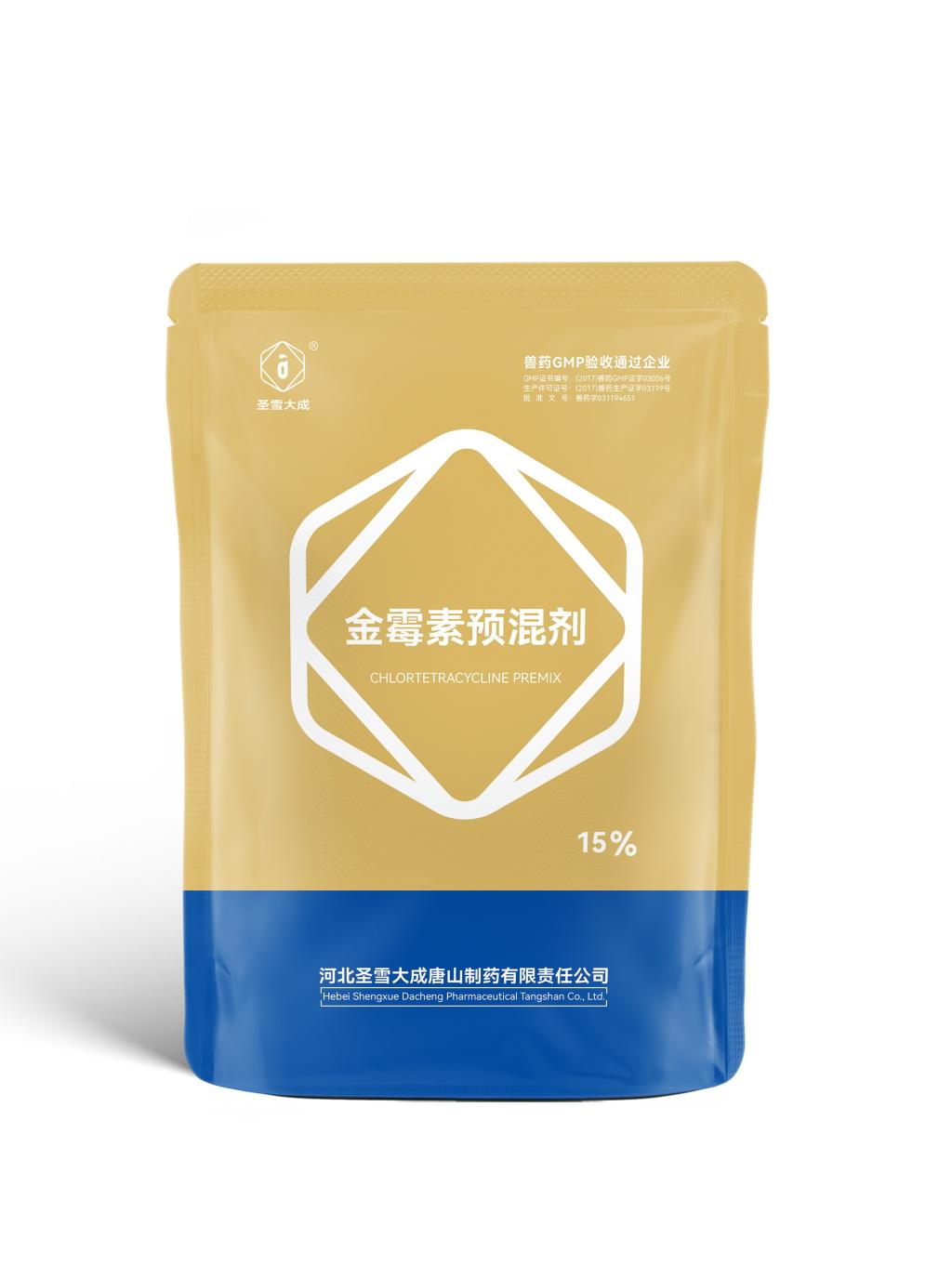Tel:+8618231198596

News
 CONTACT
CONTACT
 CONTACT
CONTACT
- Linkman:Linda Yao
- Tel: +8618231198596
- Email:linda.yao@dcpharma.cn
- Linkman:CHARLES.WANG
- Department:Overseas
- Tel: 0086 0311-85537378 0086 0311-85539701
News
Leveraging Chlortetracycline Premix to meet the growing demand.
TIME:2024-06-05
Chlortetracycline (CTC) premix, a feed additive containing the antibiotic chlortetracycline, has been widely used in livestock production to promote animal health, improve growth performance, and enhance feed efficiency. While concerns over antimicrobial resistance have led to regulatory restrictions and voluntary withdrawals of CTC premix in some regions, its judicious use under appropriate management practices can contribute to sustainable protein production.
This article examines the potential of leveraging CTC premix to meet the growing demand for sustainable animal protein production. By exploring its benefits, challenges, and implications for animal agriculture, we aim to provide insights into how CTC premix can be responsibly utilized to support the global protein supply while addressing sustainability goals.
Benefits of Chlortetracycline Premix in Sustainable Protein Production:
Disease Management: CTC premix plays a crucial role in preventing and controlling bacterial diseases in livestock, such as respiratory infections, enteric diseases, and mastitis. By reducing disease incidence and severity, CTC premix helps maintain animal health and welfare, minimizing the need for therapeutic antimicrobial treatments.
Improved Growth Performance: CTC premix has growth-promoting effects in livestock, leading to increased weight gain, improved feed conversion efficiency, and shorter production cycles. This enhances the productivity of animal agriculture, allowing producers to meet the growing demand for protein more efficiently.
Feed Efficiency: CTC premix improves nutrient utilization and metabolic efficiency in animals, resulting in greater feed efficiency and reduced environmental impact per unit of protein produced. By optimizing feed conversion ratios, CTC premix contributes to resource conservation and sustainability in animal agriculture.
Reduced Environmental Impact: The efficient use of CTC premix in livestock production can help reduce the environmental footprint of animal agriculture by minimizing waste generation, greenhouse gas emissions, and resource consumption. This supports the transition towards more sustainable production practices and mitigates the environmental challenges associated with protein production.
Challenges and Considerations:
Despite its benefits, the use of CTC premix in sustainable protein production is not without challenges:
Antimicrobial Resistance: Concerns over antimicrobial resistance highlight the need for judicious use of CTC premix and implementation of responsible antimicrobial stewardship practices. Strategies such as dosage optimization, withdrawal periods, and veterinary oversight are essential for minimizing the risk of AMR development.
Regulatory Compliance: Compliance with regulatory requirements and guidelines for the use of CTC premix is essential to ensure food safety, animal health, and environmental protection. Producers must adhere to established protocols and standards to maintain regulatory compliance and public trust.
Consumer Perception: Public awareness of antimicrobial use in animal agriculture has increased, influencing consumer preferences and purchasing decisions. Transparency, communication, and education are critical for building trust and confidence in the responsible use of CTC premix among consumers and stakeholders.
Alternative Strategies: While CTC premix is effective in promoting animal health and productivity, alternative strategies for disease management and growth promotion, such as vaccination, probiotics, and improved management practices, should be explored to reduce reliance on antimicrobials and support sustainable protein production.
Future Directions and Opportunities:
Looking ahead, several opportunities exist for leveraging CTC premix to enhance sustainable protein production:
Research and Innovation: Continued research and innovation are essential for developing alternative approaches to disease management, growth promotion, and feed efficiency that reduce reliance on antimicrobials while maintaining productivity and profitability in animal agriculture.
Technological Advancements: Advances in technology, such as precision agriculture, data analytics, and genomic selection, offer opportunities to optimize animal production systems, improve resource efficiency, and minimize environmental impact.
Collaboration and Knowledge Sharing: Collaboration among stakeholders, including producers, veterinarians, researchers, and policymakers, is essential for advancing sustainable protein production practices and addressing complex challenges facing the livestock industry.
Consumer Engagement: Engaging consumers through transparent communication, education, and marketing initiatives can help build trust and confidence in the sustainability of animal protein production systems, including the responsible use of CTC premix.
Policy and Regulation: Policy frameworks and regulatory measures should support the adoption of sustainable production practices while safeguarding animal health, welfare, and public health. Clear guidelines and incentives can encourage producers to adopt best practices and invest in sustainable technologies.
Conclusion:
Chlortetracycline (CTC) premix plays a vital role in promoting animal health, improving growth performance, and enhancing feed efficiency in livestock production, contributing to sustainable protein production. While challenges such as antimicrobial resistance, regulatory compliance, and consumer perception exist, the responsible use of CTC premix under appropriate management practices can help meet the growing demand for protein in a sustainable manner.
By leveraging the benefits of CTC premix and exploring alternative strategies for disease management and growth promotion, the livestock industry can achieve greater sustainability, resilience, and competitiveness in the global protein market. Through collaboration, innovation, and responsible stewardship, stakeholders can work together to address the complex challenges facing animal agriculture and ensure a secure and sustainable protein supply for future generations.
- Tel:+8618231198596
- Whatsapp:18231198596
- Chat With Skype







